UPDATE | November 29, 2019
The Japanese [festival] was originally born as an act of expressing gratitude and praying to God, Buddha, and ancestors. In addition to thanking God, the original meaning of the festival is to hope that crops such as cereals are abundant and to appreciate the fruits, and sometimes to give the harvested crops as offerings. Not only in Japan but also in various countries, each region has its own rituals. Many Japanese festivals are classified as Shinto, but many are influenced by foreign customs. The region name may be associated with the name of the festival, or it may be named with the contents of the festival. Japan is said to have over 300,000 festivals nationwide. There are so many that it's difficult to see all of them, but I picked up four famous Japanese festivals that I want to see especially once.
[PR]
Gion Festival is a festival at Yasaka Shrine in Higashiyama-ku, Kyoto. This is a festival that has been around for over 1000 years. The festival itself is a major event that takes place over the month of July.
Ulsan is the eve of the Gion Festival. When it comes to Hatakeyama, there are mountains and fences in Kojimachi, and many night shops are open, attracting 300,000 visitors a day. The town is full of people in yukata, and you can see a scene of enjoying the customs and food of Kyoto.
The foothill tour is a course in which the foothills walk through the center of Kyoto and then return to each foothill town. The most important thing is the “turning” technique, in which the carp gradually turns around the intersection.
Kamisu Watari is a shrine that runs through the city center until late at night. There are various characteristics even in a word with Gion Festival, and it is very worth seeing.
Tenjin Festival is a general term for festivals held at the Tenman-gu Shrine nationwide around the 25th of every month, on the day of the death of Shingo Sugawara, the academic god. Festival.
The “Tenjin Festival”, which is visited by 1.3 million people every year, is lively every summer. About 5,000 dedication fireworks and 100 large fleets float on the river, and the view of fireworks and large fleets floats is amazing!
Nebuta Festival is one of the most famous festivals in Japan. It is a powerful yet gorgeous festival where a huge lantern (this is called “Nebuta”) is carried on a float. The Nebuta festival is said to date back to the Tanabata festival in the Nara era, and it is the biggest event of the year that has been loved by many local people since nearly 1300. It has been.
Held in the first week of August, it is the biggest festival that makes the whole city lively, but the Nebuta Festival is actually a festival held in various places in Aomori Prefecture, and the contents vary slightly depending on the location, and there are several dozen It is said to extend to. Among them, the three Aomori Nebuta, Hirosaki Nebuta and Goshogawara Tatetaketa are especially called the “Three Great Nebuta Festival”, and Aomori is the most famous and has the most visitors. "Aomori Nebuta" held in the city.
It is held for about a week at the beginning of August every year, and it is said that 2 million tourists will visit.
And on the night of the last day, only the Nebuta that won the prize in that year's judging will go on the ship and go around Aomori Port.
The “Aomori Fireworks Festival” is held at the same time, and the scene of the fireworks rising over the boat carrying the Nebuta is very impressive as the closing of the festival. Nebuta and fireworks can only be seen on the last day, so I want you to go see them.
Awa Odori is one of the three major festivals in Shikoku. It is a Bon Odori that originated from Awakuni (now Tokushima Prefecture). Awaodori dances can be broadly divided into two categories: “male dance” and “woman dance”. “Men dance” is a dance that makes you feel like a man. Represents beauty.
In Tokushima City, there are several venues for “Awa Odori” that can be enjoyed not only in the dance plaza, but also on the street. Awa Odori is a group of dances called “ren”. Tokushima Prefecture is said to have over 900 "ren", so if you are strolling around the city, you can always see some "ren" dances.
The Awa Odori dances are becoming more exciting at night, and the street lights and special lights are shining, so the city is full of people and the sound of noises can be heard everywhere.
Tokushima City's “Awa Odori” is a Bon Odori that has a history of more than 400 years. It will be a must-see summer festival.
Japanese festivals are symbols of Japanese history, and each festival has a unique expression of its history and cultural background and local customs. If you come to Japan, why not just experience the local culture and try the traditional festivals held in various areas?
■ Recommended for those who read this article

アクセス日本留学Editorial Department.アクセス日本留学" where foreign students can request materials to find Japanese schools, and hold "advancement information sessions for foreign students".
[PR]
[PR]